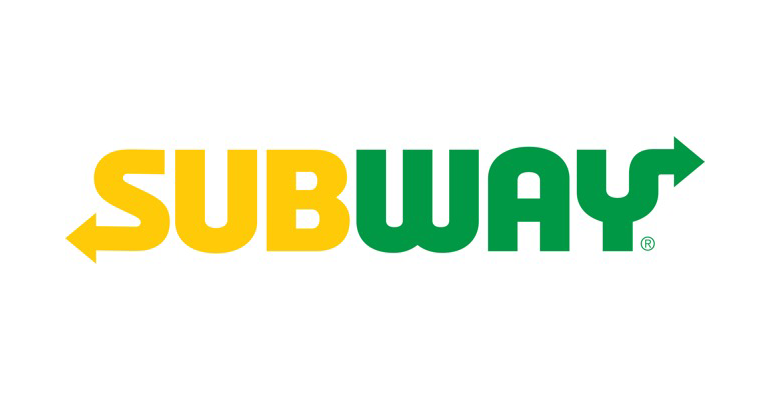 This post is part of the On the Margin blog.
This post is part of the On the Margin blog.
What has happened with Subway?
The Milford, Conn.-based sandwich giant has struggled to generate sales in recent years. And now those struggles have claimed something once thought almost unstoppable: The chain’s unit-count growth.
Subway’s unit count has declined in each of the past two years. In 2014, according to Nation’s Restaurant News Top 100 data, Subway had 27,103 locations. In 2016 Subway finished with 26,744 locations. That’s a decline of more than 350 locations.
The simple explanation for this decline is that same-store sales have been falling since 2012, and unit count has followed. The chain has smartly cut back on unit growth while it works to recover those lost sales, and unit closures result in a modestly smaller concept.
The problems affecting Subway also show a chain that expanded too aggressively and discounted too much, and lost business to competitors.
Maybe no restaurant company emerged from the recession as strong as did Subway. According to the company’s franchise disclosure documents, the chain added 2,300 locations between 2007 and the end of 2009 — when it had more than 23,000 units.
It would then add another 4,000 domestic locations over the next five years.
Put another way: In 2007, Subway had 7,000 more locations than the next largest chain by unit count, McDonald’s Corp. Subway then added another 6,300 locations — growing unit count by 30 percent over just seven years. The sandwich chain basically added the same number of locations as a Taco Bell over that period.
Operators tell me privately that aggressive development over that period cannibalized existing locations and hurt unit economics. “Stores that were exceptionally strong five years ago are much weaker now,” one franchisee said.
Subway already generated relatively low unit volumes. But it has seen big declines more recently. In 2012, estimated unit sales were $482,000. By 2016, according to NRN data, that number had fallen to $420,000. That’s a 15-percent decline.
Some of that could be attributed to the 2015 arrest and imprisonment of the company’s well-known, longtime spokesman, Jared Fogle. Yet the chain’s decline was in full force when video of the raid on Fogle’s Indiana home was broadcast nationwide.
Subway has also relied heavily on discounts. The chain successfully used its $5 Footlong promotion for years to generate sales coming out of the recession when consumers stopped eating out. And any chain as ubiquitous as Subway needs some discounting strategy.
Yet as the economy improved, consumers shifted more spending toward higher quality options, and Subway’s focus on discounts made it the lower-end sandwich seller in the market. It’s probably no coincidence that both McDonald’s and Subway started seeing sales and traffic declines in 2012.
And the sandwich market that Subway operates in today is much more competitive than it was five years ago — even with the decline of onetime major rival Quiznos. To be sure, Subway is still larger than the next six largest sandwich chains combined, including Arby’s.
But those other six sandwich chains, which also include Jimmy John’s, Jersey Mike’s, Jason’s Deli, Firehouse Subs and McAlister’s Deli, added another $1.5 billion in system sales between 2013 and 2015, based on NRN data. Subway’s system sales have declined by $700 million over that same period.
Those other chains are taking business away from Subway while also sapping its growth opportunities.
“In 2016 and currently, our focus is to strengthen the Subway brand in each market,” chief development officer Don Fertman said in an email. “Our development program emphasizes a smart growth strategy aimed at strategic development to ensure Subway franchisees have the greatest opportunities to successfully grow their businesses. Our market realignment has included closing some locations as market conditions have changed.
“We will continue to relocate some shops to better locations and look for new sites — both traditional and non-traditional. But our primary focus as a leader in the QSR industry has been to create great restaurant operations, exceptional customer service and great products that are delicious and affordable.”
To be sure, Subway is hardly standing still. By stopping development, the chain can focus on generating organic sales again — something chains like Arby’s and Domino’s, among others, have done in the past as they’ve sought their own turnarounds.
All mature restaurant chains go through no-growth periods. No restaurant can add locations in perpetuity. Ultimately, the law of averages catches up. People simply get tired and go somewhere else.
Subway is planning to upgrade locations in the coming years. It is also focused on technology — its mobile app, in my view, is one of the best in the industry. It is hiring engineers to beef up its in-store technology efforts and is testing delivery.
Subway is also working to upgrade the quality of its products, such as eliminating antibiotics from its chicken.
“Helping our owners be successful in business is the highest priority we have,” Fertman said. “We are currently undertaking an exciting transformation that includes introducing new and improved products, creating an even greater customer experience, refining operations, and positioning Subway franchisees for continued success. We are confident these enhancements will position us for long-term growth.”
But with a huge number of locations with low unit volumes in a system with declining sales, closures appear likely to continue. It will be a while before Subway will be able to get back to the unit growth that was once its birthright.
Update: April 26, 2017 This blog has been updated with comments from Subway.
Jonathan Maze, Nation’s Restaurant News senior financial editor, does not directly own stock or interest in a restaurant company.
Contact Jonathan Maze at [email protected]
Follow him on Twitter: @jonathanmaze

